Space might be the final frontier of scientific research, but for the bitter Cold War rivals, the U.S.A. and the U.S.S.R., it might have easily been transformed into a battlefield, as tensions on the ground were constantly simmering close to boiling point during the 1960s.
The space race officially began in 1955, after an announcement made by the United States that they are steps away from producing an artificial satellite. The Soviet Union decided to follow suit, eventually launching Sputnik in 1957, the first artificial satellite in history. What followed was an all-out contest in creating various milestones in space research.
The race had its background in military technology and, set against the backdrop of the Cold War, each side was suspicious of that the other might have plans to gain a military advantage through space exploration.
As the Americans beat the Soviets in the race to the Moon in 1969, other projects were in progress in the background. Initiation of the U.S. Air Force’s Manned Orbiting Laboratory pressed the U.S.S.R. to develop their own space station program. The top-secret Soviet Orbital Piloted Station project, code-named Almaz, which means diamond, began in the early 1960s.
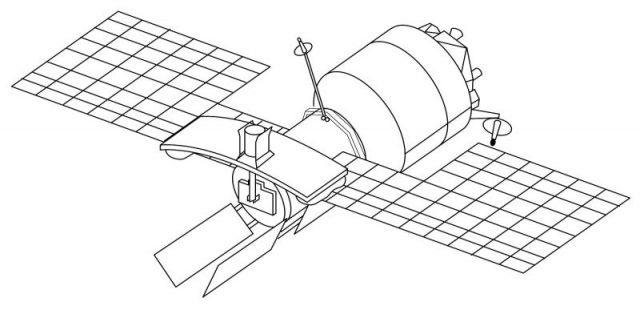
The Almaz program gave birth to three spacecraft ― Salyut 2, Salyut 3 and Salyut 5 ― all of which were launched between 1971 and 1977. They were named to look like part of the civilian scientific Salyut program to help maintain secrecy about military involvement in space station development. The Salyut stations were launched as unmanned vessels; a five-man crew was to arrive as part of the Soyuz mission. Salyut 1 was the first ever manned space station.
Salyut 2 launched successfully but suffered a malfunction that left it unusable. Another attempt was made on May 11, 1973. However a programming error meant the engines burnt up all of their fuel, leaving it dead in the water — and the U.S.S.R. changed it’s designation to Kosmos 557. Skylab lifted off from the Kennedy Space Center three days later.
It wasn’t until the launch of Salyut 3 that a crew of Soviet cosmonauts managed to board an orbiting space station as part of the military Almaz project.
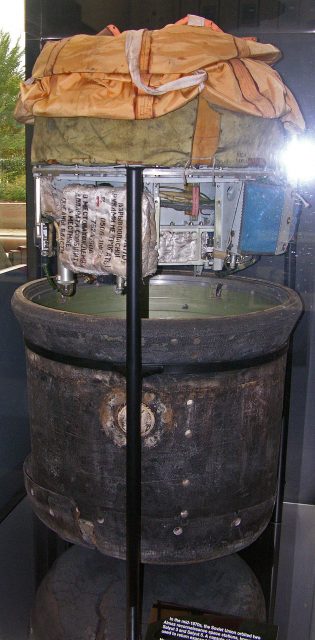
But Salyut 3 wasn’t all it seemed to be. Apart from being a pioneering space station, the vessel’s real purpose was espionage using multiple Earth-observing cameras, radar, and other spy equipment. Still, records about Salyut 3 and its military successor Salyut 5 remain scarce to this day.
Of the six Salyut space stations launched, three served military purposes, while the others were indeed tasked with civilian research. However, one other trial carried out by Salyut 3 makes this project even more interesting.
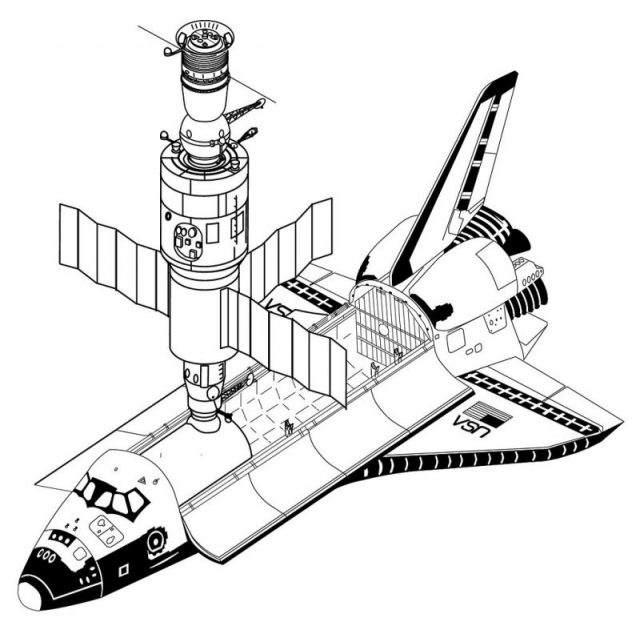
Both sides of the Iron Curtain were keen to keep the details of their space programs top secret, and many details were not shared at the time. It recently came to light that one of the Almaz space stations, designated as Salyut 3, was, in fact, packing heat. The Soviet Union is the only country known to have launched an armed space vessel, which even got the chance to test its firepower while in orbit.
Yuri Gagarin Space pioneer.
According to Voennaya Priemka (“Military Acceptance”) produced by Zvezda TV channel, which is owned by the Ministry of Defense of the Russian Federation, Salyut 3’s gun was produced by the KB Tochmash design bureau, under the guiding hand of a veteran engineer, Aleksandr Nudelman.
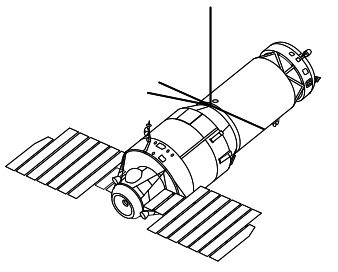
An earlier version of Nudelman’s R-23M 14.5 mm autocannon was used as a tail gun for the super-sonic light bomber Tu-22, but he and his team were now tasked with developing the first-ever gun designed to function in open space. Based on the R-23M, Nudelman’s team adjusted a number of parameters and tested the gun on the ground, reportedly hitting targets as far as two miles away.
On the ground, the gun fired between 950 and 5,000 shots per minute, but such conditions were very different from those for which it was built.
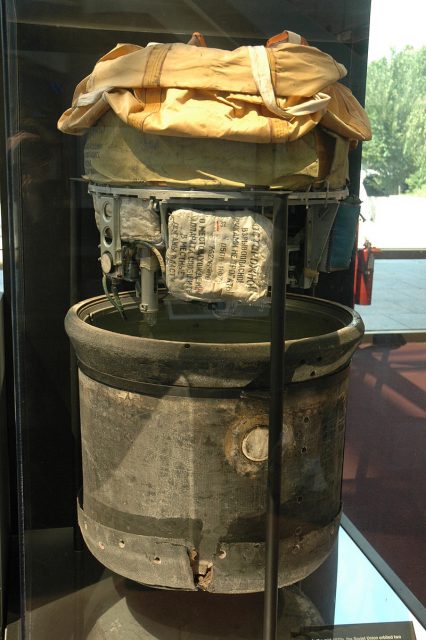
Although some information on the existence of this exotic weapon was known before the collapse of U.S.S.R., it wasn’t revealed until 2015 that, on January 24, 1975, aboard the Salyut 3 space station a successful test of the weapon in space was conducted in unmanned mode. The test was made just hours before the de-orbiting of the entire space station.
Considering the recoil of the gun, jet thrusters were used to keep control of the vessel. Reportedly, one to three bursts were fired numbering around 20 rounds, all of which allegedly burned up once reaching the atmosphere.

Also, due to physics in space, the gun had to be fixed on the vessel, meaning that in order to use it, the crew had to turn the entire 20-ton station towards its target. Aiming was conducted using optical sights fitted inside the cockpit.
In the following decade, the U.S.S.R. fell into a crippling economic crisis which eventually led to its demise. After Salyut 3 was de-orbited, the military suggested rockets to be used instead of the gun, but the idea was abandoned as the Almaz program was nearing its end.
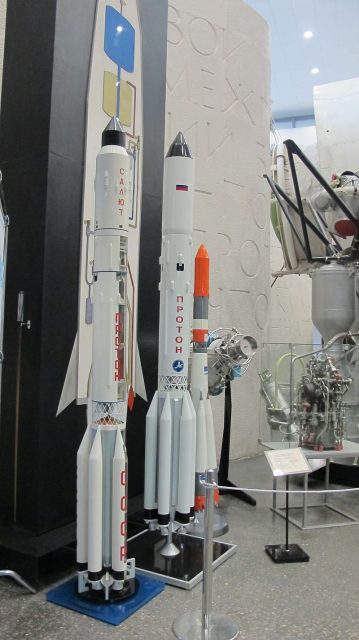
Civilian space research remained active, despite the lack of funds. In 1986, the initial segments of the space station Mir were launched, based on the Salyut design and experience. The station was operational until 2001 when it too saw the same fate as its predecessors.
However, Mir was not armed, neither were any other spacecraft launched in the following period. This unique spacecraft remains to this day the only successful attempt of keeping and using a projectile weapon in space.
Nikola Budanovic is a freelance journalist who has worked for various media outlets such as Vice, War History Online, The Vintage News, and Taste of Cinema. His main areas of interest are history, particularly military history, literature and film.
